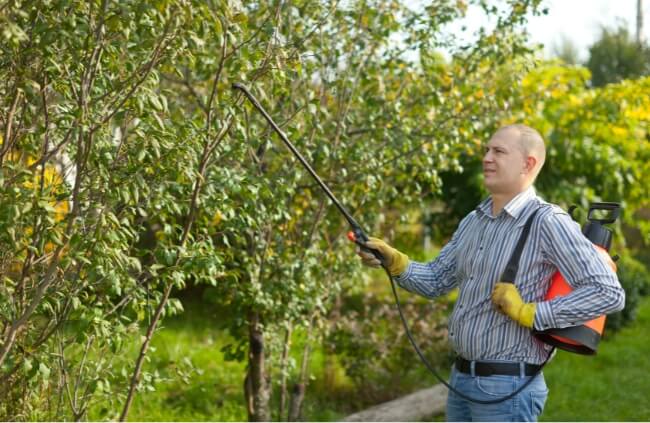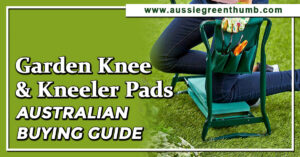What is fruit tree sterilization? Most gardening questions about fruit trees revolve around getting your tree to produce rather than making it stop. In fact, most gardeners would consider it pure sacrilege to force a tree to no longer produce fruit.
Yet, if you’ve ever had a fruit tree that produces in abundance and become a menace more than a pleasure, you will understand the desire to stop it fruiting and learn how to sterilize fruit trees.
More...
Why Some Gardeners Stop their Trees from Fruiting?

Excess fruit can become a hazard in your garden, not to mention the problem with rotting fruit covering your yard. Then there are other associated problems that some gardeners don’t appreciate about trees that fruit.
Some, like the female ginkgo, emit a rancid aroma while the fruit sets on the trees. Others attract flocks of birds that pick at the blooms or fruit and others can produce problems with hiving bees.
So, while that gorgeous old tree may provide the benefits of privacy or shade for the garden the problem of fruit production may cause a gardener to consider their options about keeping it.
One obvious choice is to remove the tree altogether and replant an alternative that doesn’t offer the same problems. Many gardeners inherit these nuisance trees so this might be the likely outcome.
Growth Regulator for Tree Sterilization
Use Auxin, a plant hormone.
Another option is to use a growth regulator such as Florel. Florel is the brainchild of Monterey and inhibits the production of fruit when applied during the blooming stage. The active ingredient, Ethephon, is non-toxic and converts quickly to ethylene when it comes in contact with plant material.

However, if using chemicals in the garden concerns you then there are only two other options available. The first is removing the flowers by hand which on a small tree may be a good alternative but once the tree increases in size becomes a tad untenable.
The second is to spray high-pressure water at the blooms in order to knock them off. This method has its own faults in that it could also strip the tree of its foliage if the pressure is too high. Therefore, take care if opting for this choice and test a few branches before committing yourself to the whole tree.
As a last resort, you could always offer friends, charities or local community groups to access your unwanted fruit for free. Depending on what fruit your tree offers this may be the best way to rid yourself of your excess produce.
Published on June 6, 2023 by AGT
Last Updated on October 9, 2023




